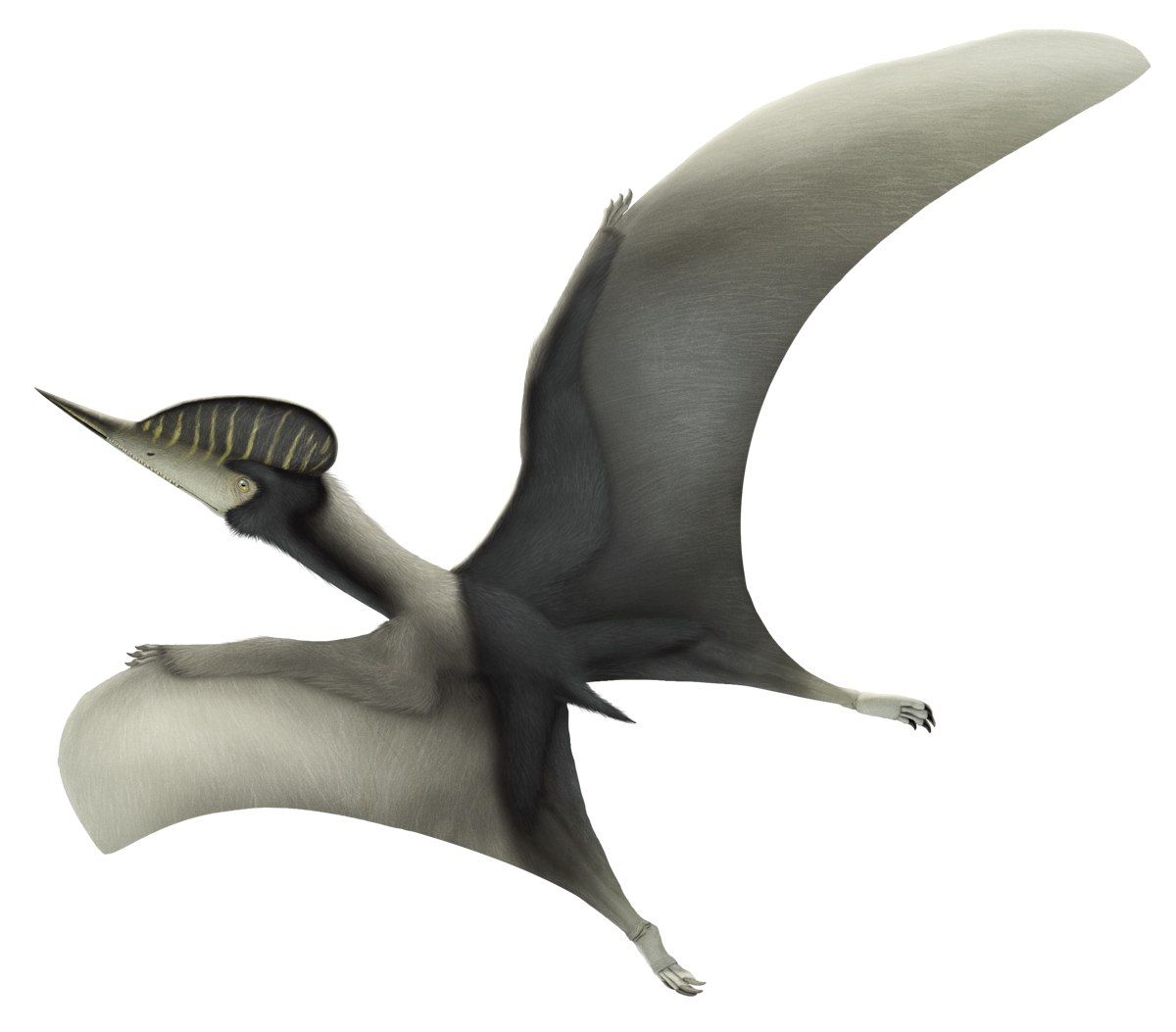Noripterus
Family

Dsungaripteridae


Family

Dsungaripteridae

Noripterus is an Early Cretaceous dsungaripterid known from the Tsagan Tsab Formation of western Mongolia and the Lianmuqin Formation of western China. It lived approximately 140 million years ago in a terrestrial environment with many lakes and rivers. It represents one of the only pterosaurs known from Mongolia, and is known from several well-preserved skeletons.
Noripterus was first named in 1973 and was based on a partial specimen from China. A new well-preserved specimen was found in Mongolia and given the name Phobetor. It was soon realized that the name Phobetor was already taken by an Arctic sculpin so could not be used for the pterosaur. A 2009 study by Junchang Lü and colleagues showed that Noripterus and Phobetor are one and the same.
Noripterus is similar in many respects to Dsungaripterus, which lived at the same time and place as Norpiterus. The skull and mandible are remarkably stout for pterosaurs. They are long and pointed, and lack any teeth at their tips. The teeth are cone shaped and widely spaced. Noripterus has a fin-like crest on the top of its snout. The front edge arises from the middle of the snout and extends all the way to the end of its skull. In life, the crest may have been made taller by soft tissue as it seen in many other pterosaurs. Noripterus's wingspan has been calculated at four meters (thirteen feet), about the same size as the contemporaneous Dsungaripterus. The body had stout proportions which suggest a terrestrial lifestyle. The stout skull shows that Noripterus fed on hard shelled animals such as shelled mollusks and crustaceans.
Noripterus differs from Dsungaripterus in two notable ways. First, the tips of Noripterus's jaws are straight, but in Dsungaripterus they curve upwards. Secondly, the cone-shaped teeth of Noripterus fully erupt from the jaw bones, but in Dsungaripterus the teeth are almost entirely covered with bone tissue.
Both Noripterus and Dsungaripterus are members of the Dsungaripteridae. Dsungaripterids are members of the short-tailed pterosaur clade known as the Pterodactyloidea. A 2013 phylogenetic analysis published by Brian Andres and Timothy Myers found dsungaripterids to be within the azhdarchoids, a large clade of pterosaurs that includes azhdarchids, chaoyangopterids, thalassodromines, and tapejarids; and are most closely related to the thalassodromines. Other analyses have found dsungaripterids to be closely related to the azhdarchoids, but not within that clade.


